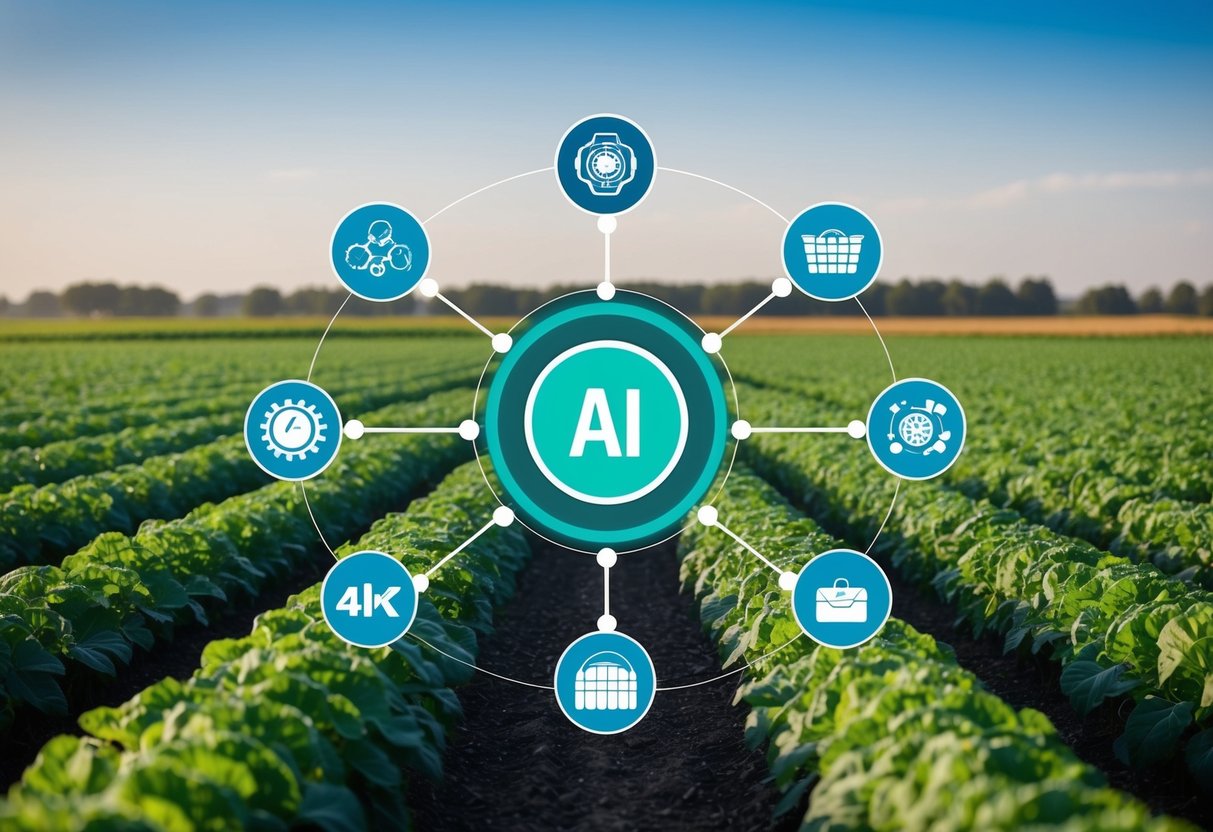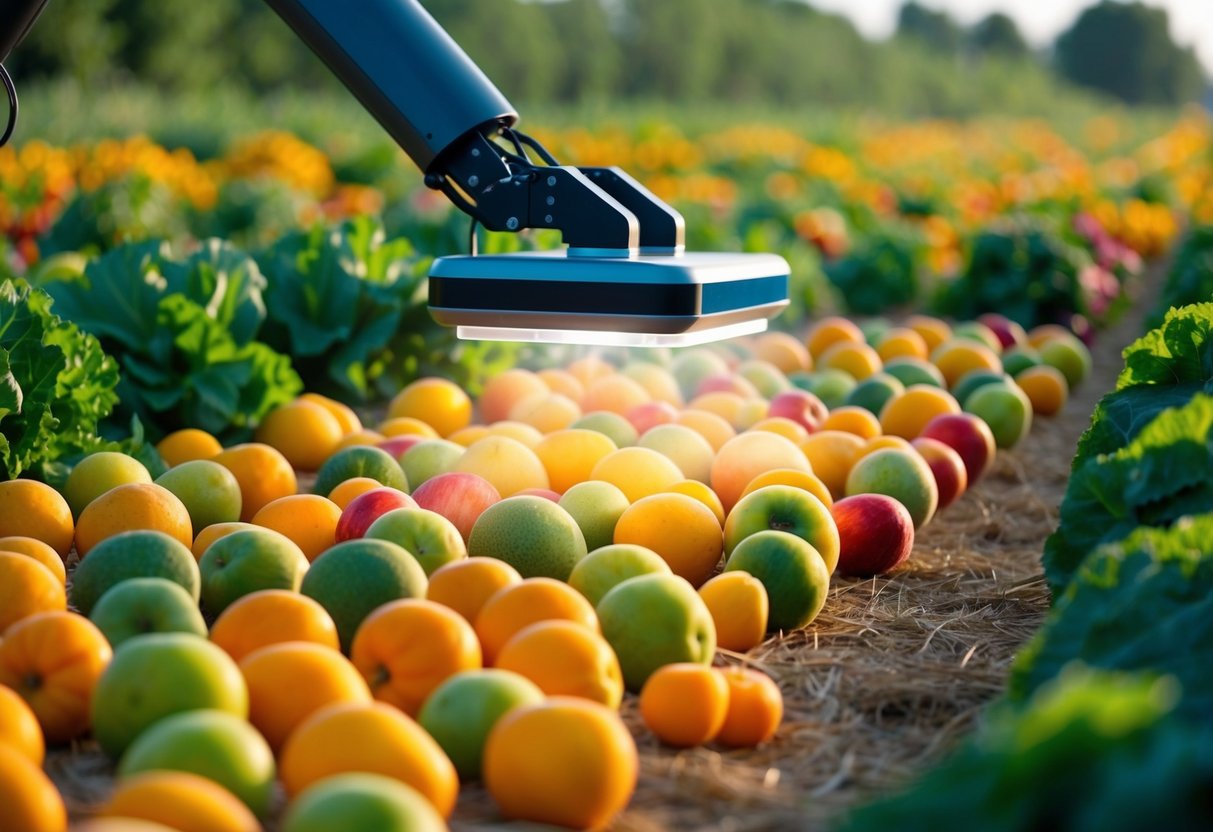
Blockchain Technology for Food Supply Chain
Blockchain technology plays a significant role in enhancing both traceability and regulatory compliance within the food supply chain. It ensures accurate record-keeping and trustworthy data, crucial for maintaining food safety and transparency.
Traceability and Transparency Mechanisms
Blockchain enables precise traceability of food products from farm to table, ensuring each step in the supply chain is documented. This technology provides an immutable record of transactions, boosting confidence in the authenticity of claims regarding origin and production processes. Details such as farm location, harvest date, and transportation conditions are easily accessible.
This system offers significant value in guaranteeing transparency. Consumers and businesses alike benefit from being able to verify the source and handling of their food products. Such insights can lead to safer consumption and improved trust between producers, sellers, and consumers. Furthermore, should contamination occur, pinpointing the source is swift, reducing the potential impact on public health.
Enhancing Regulatory Compliance
Adopting blockchain enhances regulatory compliance by automating the auditing process and ensuring that all parties in the supply chain adhere to required standards. Real-time data capture and accessibility simplify meeting stringent food safety regulations. Authorities and organizations can instantly verify if products meet legal and safety standards.
Additionally, smart contracts within blockchain systems help enforce compliance by automatically executing and verifying conditions agreed upon by parties. This reduces errors and misconduct, fostering a more reliable supply chain. The transparent nature of blockchain ensures that discrepancies and violations are less likely to occur, promoting a safer and more accountable food industry.
Application of Computer Vision in Food Quality

Computer Vision plays a vital role in enhancing food quality through precise defect assessment and advanced imaging technologies. These applications ensure that food safety is maintained and that products meet quality standards.
Image Recognition for Defect Assessment
Image recognition, powered by Computer Vision, identifies defects in food items rapidly and accurately. It employs technologies such as Convolutional Neural Networks (CNNs) to detect imperfections like bruises or blemishes in fruits and vegetables. These advanced systems analyze images of products on a production line to ensure consistent quality.
The automation of defect detection minimizes human error and boosts efficiency. This technology significantly reduces waste by allowing only high-quality products to reach consumers. Additionally, it provides real-time monitoring, enabling swift response to any detected anomalies.